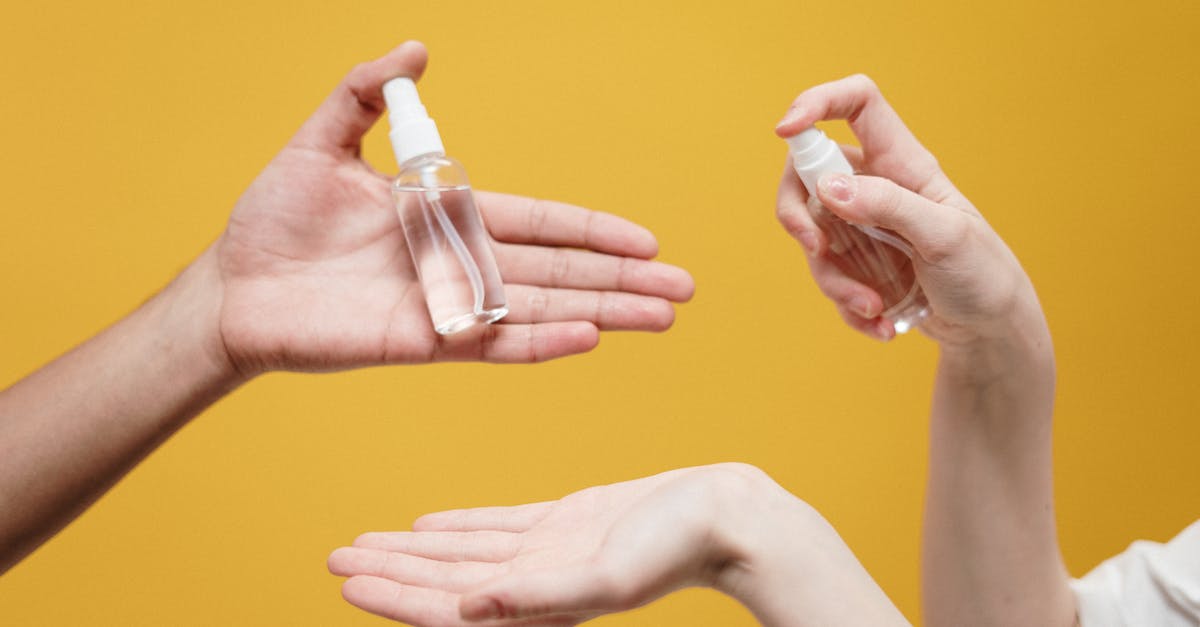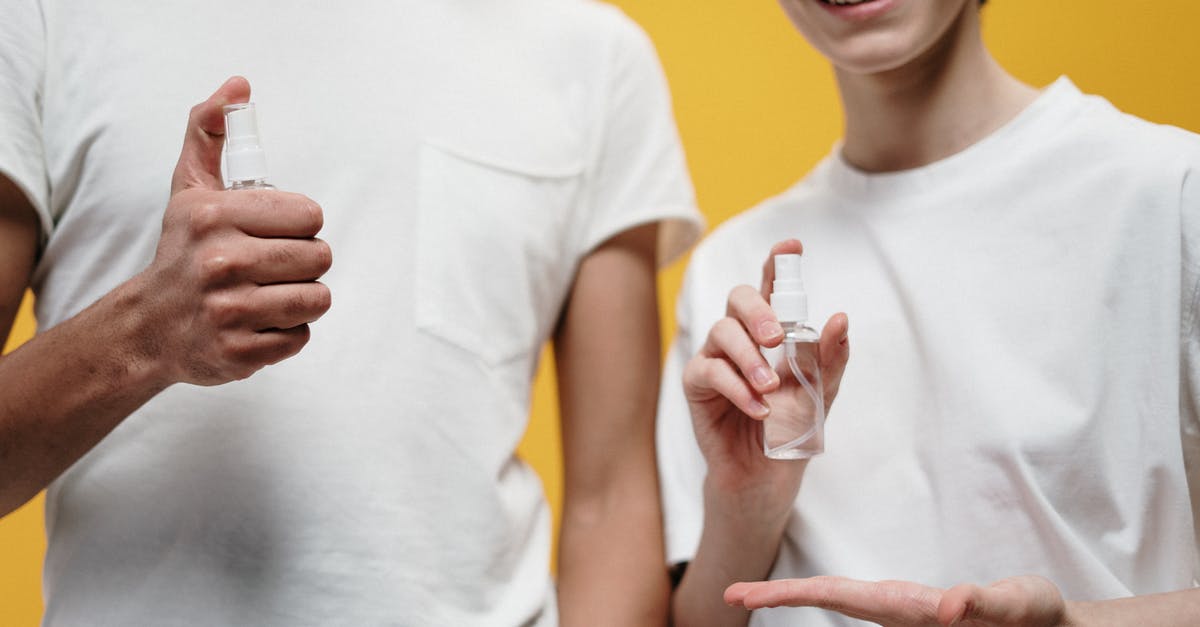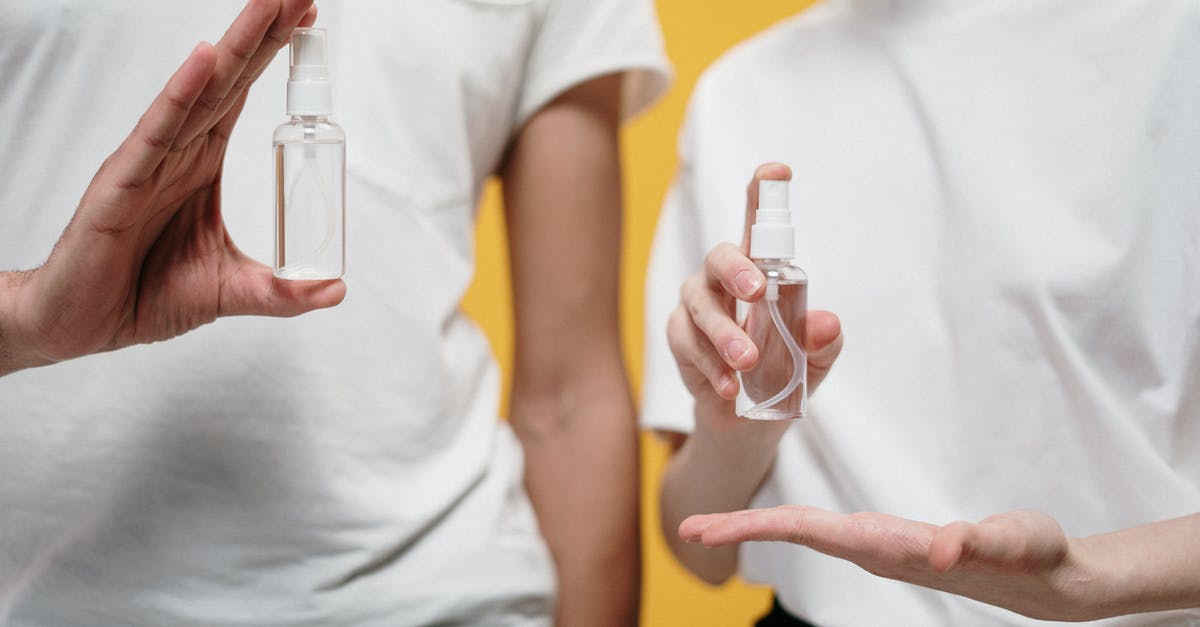Safe to cook with alcohol

I want to cook with wine as the recipe I want to make calls for it. However I cannot have any alcohol in me because I have to drive and my country calls for a 0 BAC.
The recipe uses 750ml of wine, 1 cup of water and no other significant source of fluid. Most of the cooking time the dish is supposed to be covered tightly to reduce boil-off and around 250ml of the wine is only added 10 minutes before the end.
Will all of the alcohol evaporate in the 2 hours it simmers for? Or is there an alternative to using Chianti.
Recipe:
Ingredients
- 3 to 3 1/2 lbs boneless chuck roast, trimmed and cut into 2-inch pieces
- 2 1/2 tsp kosher salt
- 1 TB olive oil
- 1 bottle (750ml) Chianti
- 1 cup water
- 1 onion, thinly sliced
- 3 carrots, peeled and sliced into 1/2-inch thick rounds
- 3 stalks celery, sliced into 1/2-inch pieces
- 10 cloves garlic, chopped
- 4 sprigs fresh rosemary
- 2 bay leaves
- 1 tsp freshly ground black pepper
- 1 TB unflavored gelatin powder (I use Knox brand)
- 1 TB tomato paste
- 1 tsp anchovy paste (don’t skip this)
- 2 tsp cornstarch
Steps
- Pat dry cut-up beef well, using paper towels.Toss beef with salt in a bowl and let stand at room temp 30 minutes. Preheat oven to 350F with rack on lower middle position.
- In a large Dutch oven, heat oil over medium high heat until starts smoking. Add half of the beef in a single layer and cook until well browned on all sides, about 8 min total, reducing heat if it begins to burn.
- Stir in 2 cups wine, water, onion, carrots, garlic, rosemary, bay leaves, pepper, gelatin powder, tomato paste, anchovy paste, and all remaining beef. Bring to a boil and immediately reduce to simmer. Cover tightly with foil, followed by lid (helps retain moisture.) Transfer to hot oven and cook until beef is tender, about 2 hours.
- In a bowl, whisk the remaining wine with the cornstarch until dissolved. Add to the pot of braised beef. Place pot on stovetop and bring to a boil over medium high heat; immediately reduce to simmer. Simmer (low boil) uncovered, stirring,10 minutes. Should be somewhat thickened. Season with additional kosher salt and pepper to taste, if needed.
- Serve with crusty bread, rice, noodles, or potatoes.
Best Answer
In general, we can assume that it will never boil off to zero. By a combination of reduction and dilution we can get to undetectable levels, less than in ripe fruit and some breads. The "zero BAC" requirement has to be able to handle people eating normal foods, so tends to have some margin, just not enough to have a drink.
To do this you'd simmer the wine on its own until significantly reduced, top up with water to the original volume, then use. The amount of wine per portion in many dishes is low anyway - not in everything of course, but there's often more stock than wine, further diluting it.
If this doesn't go far enough, de-alcoholised wines vary with jurisdiction but are often 0.5% or even 0.05%, the latter being less than some fruit juices, and less than vinegar (link to a recent answer of mine, where I discuss a relevant scientific paper). The alcohol in those has been removed by a more effective process than simple simmering.
Pictures about "Safe to cook with alcohol"



Quick Answer about "Safe to cook with alcohol"
The longer you cook a dish that has alcohol, the lower the alcohol content will be. For example, if you simmer a stew with wine, cider or beer for 90 minutes to two hours, most of the alcohol content will be burned off. A trace of alcohol may remain, but not in any quantity that's likely to harm your baby.Can you cook off alcohol?
The verdict: after cooking, the amount of alcohol remaining ranged from 4 percent to 95 percent....No Worries, the Alcohol Burns Off During Cooking\u2014But, Does It Really?Time Cooked at Boiling point of alcoholApproximate Amount of Alcohol Remaining30 minutes35 percentOne hour25 percentTwo hours10 percentTwo and one-half hours5 percent1 more row•Dec 2, 2019What happens when you cook with alcohol?
Cooked food can retain from 5 to 85 percent of the original alcohol. The amount of alcohol left depends on how the dish is prepared, when the alcohol is added, and how thoroughly it's incorporated with other ingredients. In general, the longer the cooking time, the less the amount of alcohol that remains.Does Alcohol Really Burn Off When Cooked?
More answers regarding safe to cook with alcohol
Answer 2
As a general rule, the answer by Chris H is accurate. Most recipes that involve wine only use a small amount and typically involve cooking in a way that causes most of the alcohol to evaporate (or combust if it’s a flambé), and in general they will have no more impact on BAC than a cup of fruit juice would. In cases where it really matters you can indeed get de-alcoholised wines with very low %ABV specifically for cooking. The same (other than the de-alcoholised aspect) is usually also true of many recipes that involve other forms of alcohol (or, in some cases, you can find alcohol free versions of the same recipes).
The particular recipe you linked, however, is not such a recipe. There are two reasons that it will be an issue:
- The stock is more wine than water by a ratio of 2:1 (the recipe calls for one cup of water for the stock but uses two cups of wine for the stock). This by itself is significantly more wine than is normally found in most recipes that call for wine (most have a ratio less than 1:5).
- The way this is cooked (covered by first a layer of foil and then a lid) is intended to retain moisture. It will be just as effective at retaining the alcohol content as well, which means the alcohol will not ‘cook-off’ as is normally the case with recipes that call for wine.
This means that the stock, after cooking and only factoring in liquid components, will probably still have a %ABV of about 2/3 of that of the wine, probably somewhere around 7-9%, which is actually higher than many beers. Given this, if you really want to make this recipe, you will need to find a de-alcoholised wine that is equivalent to a Chianti (given that the recipe does not list a particular variety of Chianti, it’s probably intended to use a Chianti Classico).
Sources: Stack Exchange - This article follows the attribution requirements of Stack Exchange and is licensed under CC BY-SA 3.0.
Images: cottonbro, Jacob Moseholt, cottonbro, cottonbro
